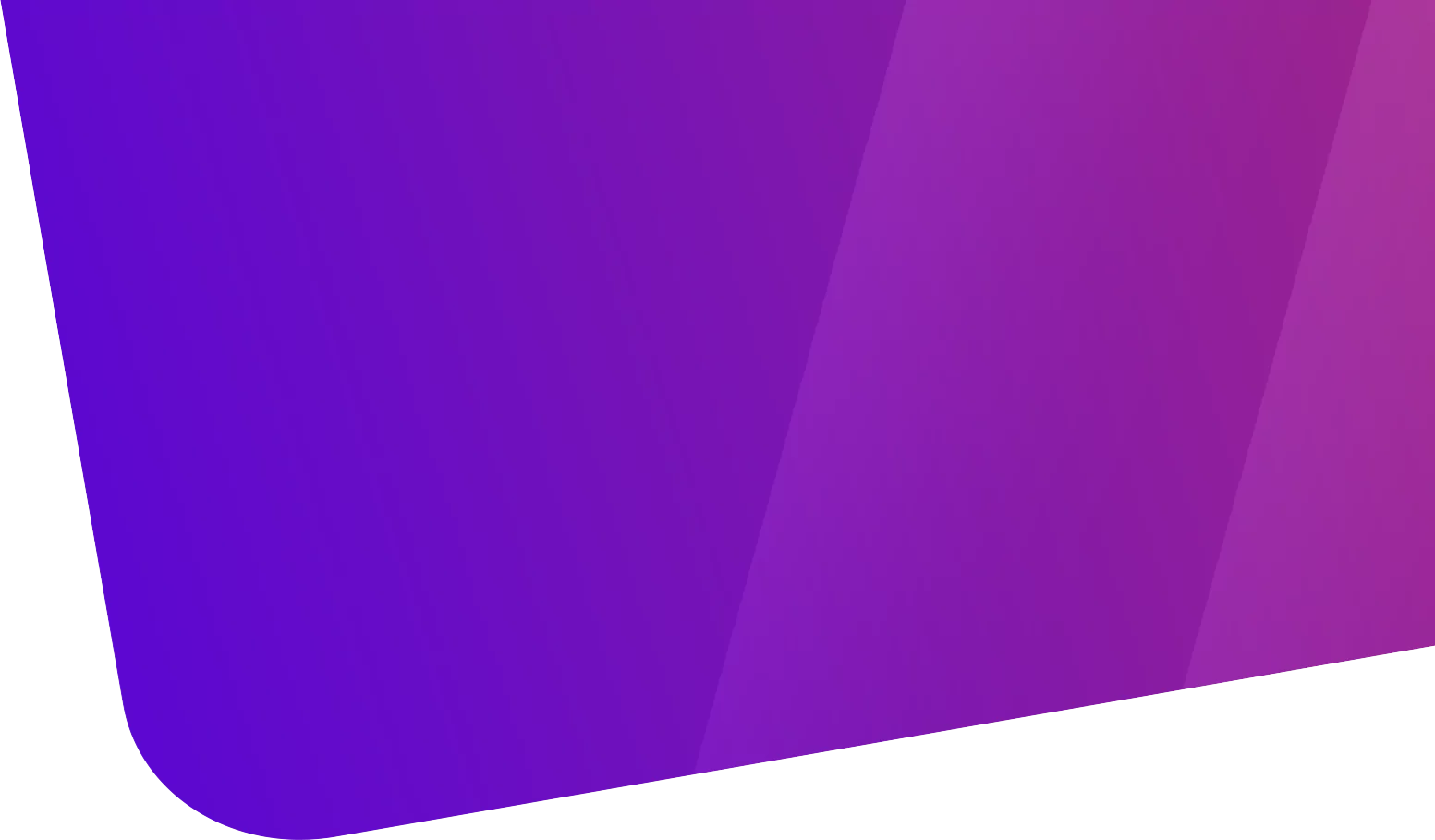Gradient is a design technique in which gradient shades of a color are used to create a smooth transitional appearance. This technique has been used for decades in the creation of logos, illustrations and designs of all kinds. Gradient is a powerful tool that can be used to add depth, dimension and texture to any design. In this article, we will explore what gradient is, what it is used for and some examples of how it is used in design.
What is gradient
Gradient is a visual effect that occurs when one color gradually fades into another. The result is a smooth, gradual effect that seems to flow from one color to another without any abrupt interruption. Gradients can be applied to anything from the background of a web page to the typography of a logo. It can be used to add depth and dimension to a design or to smooth transitions and edges.
The gradient is created using a graphic design tool such as Adobe Illustrator, Photoshop or Sketch. The gradient tool is used to define base colors and transition colors. The designer can also specify the direction and length of the gradient to achieve the desired effect.
What is the purpose of the gradient
Gradient is a very versatile design technique that can be used to achieve several objectives. Here are some of the most common uses of gradient:
1. Add depth and dimension
Gradient can be used to add depth and dimension to any design. For example, if you want to create a logo that appears to be embossed, you can use a gradient that extends from a dark tone to a lighter tone. The resulting visual effect will be a logo that appears to be carved in relief.
Smoothing transitions
Gradient can also be used to smooth transitions in a design. For example, if you want to add a button to a web page, you may want the button to appear to merge with the background. Instead of creating a hard border around the button, you can use a gradient that extends from the button color to the background color. The result will be a button that appears to blend smoothly into the background.
3. Create texture
Gradient can be used to create texture in a design. For example, if you want to create an illustration of a metallic object, you can use a gradient that extends from a dark tone to a lighter tone to simulate the texture of polished metal. The result will be an illustration that appears to have depth and texture.
Examples of gradient in design
Gradient is used in many different designs. Here are some examples of how the gradient is used in practice:
1. Logo design
Gradient is often used in logo design. A good example is the Instagram logo. The logo features a gradient that extends from a dark shade of purple to a lighter shade. The gradient gives the logo a smooth, modern look that makes it easily recognizable.
2. Background design
Gradient is also frequently used in background design. For example, you can use a gradient that extends from a light shade of blue to a dark shade of blue to create a background that appears to have depth. The result will be a website or design that looks more dynamic and attractive.
3. Button design
Gradient is often used in button design. For example, you can use a gradient that extends from a light shade of green to a dark shade of green to create a button that appears to blend smoothly into the background. The result will be a button that appears to have a modern and elegant look.
4. Illustration design
Gradient is often used in the design of illustrations. For example, you can use a gradient that extends from a dark tone to a lighter tone to create the illusion of depth and texture in an illustration. The result will be an illustration that appears to have a more realistic and detailed look.
Conclusion
Gradient is a powerful design technique that can be used to add depth, dimension and texture to any design. It is frequently used in the design of logos, backgrounds, buttons and illustrations. The gradient is created using a graphic design tool such as Adobe Illustrator, Photoshop or Sketch. The gradient tool is used to define base colors and transition colors. The designer can also specify the direction and length of the gradient to achieve the desired effect. In summary, gradient is an essential tool in any designer’s arsenal and is a technique that should always be considered when creating a visually appealing design.


